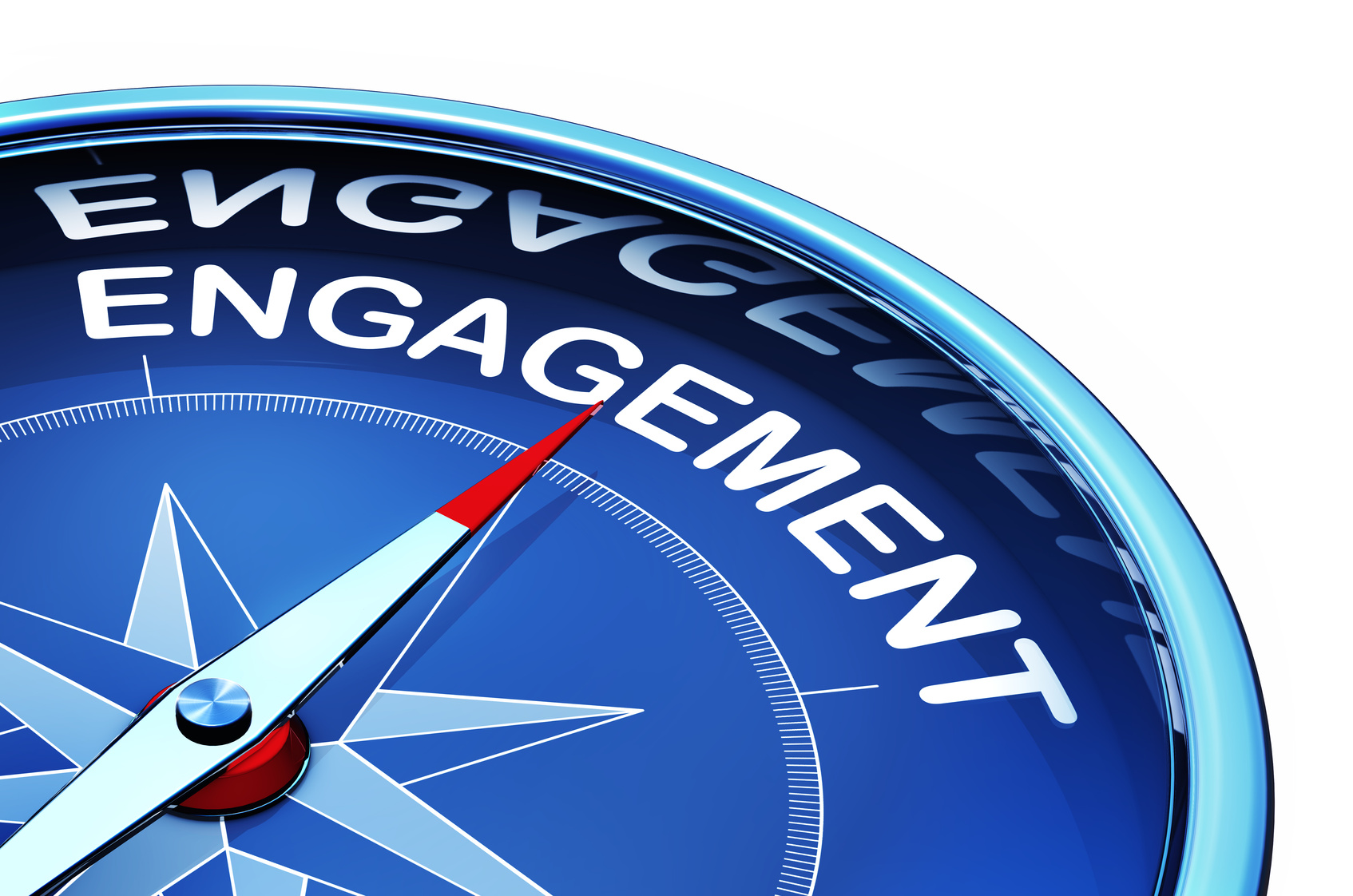
Understanding the link between employee and customer engagement
In the last five years, employee engagement has featured in most organisations’ strategic plans.
For the best-performing companies, customer engagement is the Holy Grail – delivering faster growth, greater productivity and healthier, more sustainable profits.
Similarly, much has been written in management journals about the impact of highly engaged employees on the bottom line, with some articles suggesting that companies with highly engaged employees have double the net profit of those that don’t.
Despite this, Australia is currently experiencing an employee engagement and productivity deficit. In a globally competitive market, Australia ranks 22nd for productivity – a drop from 15th place in 2009 — and its set to fall further.
Since 2013, our employee engagement has remained stagnant at a low level of 65%, with countries such as India, Brazil, Turkey and the UK overtaking us.
When it comes to customer engagement, it seems we’re still trying to get the basics right; while over 80% of companies think they deliver a good experience, only 20% of customers agree.
By putting employee and customer engagement at the top of the strategic agenda (aka as CEX), senior executives can lift performance and productivity.
To do this, executives must connect the dots between customer and employee engagement, revenue growth and the bottom line.
What is engagement?
 Engagement is a feeling that drives behaviour — specifically; it drives buying behaviour in customers and effort behaviour in employees.
Engagement is a feeling that drives behaviour — specifically; it drives buying behaviour in customers and effort behaviour in employees.
Companies that can deliver the right emotional experiences to their customers and employees, get access to a unique competitive edge.
80% of customer buying decisions are based on emotional factors.
Simply put, consumers will give more money to the businesses they feel emotionally connected to.
Similarly, employees who feel emotionally connected to their company’s purpose will invest more time and energy in their work.
The engagement levels of frontline employees who deliver those emotional experiences to customers should be viewed as a top priority.
There is a direct link between employee engagement and productivity.
Companies with engaged staff have almost 25% higher productivity.
The key to increasing productivity lies not in offshoring or stemming wages growth; it lies in harnessing the untapped potential in our existing workforce, that is, driving productivity through engagement.
How do I increase my employee and customer engagement?
Exceptional customer and employee engagement start at the top. CEOs must invest in recruiting emotionally intelligent employees — that is, leaders who are people engagers first and foremost and who can inspire their team to enhance the customer experience.
Exceptional team leaders turn culture into action by connecting organisational vision with individual purpose. Organisations need team leaders and frontline staff whose passions and professional goals align with those of the organisation.
The link between the emotional intelligence levels of leaders and employee engagement has been well documented. Evaluating and developing your leaders’ emotional intelligence is crucial to driving customer engagement through your employees.
Too often, frontline employees are overlooked, yet ‘right-fit’ frontline talent are an organisation’s most valuable brand advocates.
In this new world where it is critical that organisations deliver the right emotional experiences to customers, frontline employees who are engaged and empowered by emotional intelligence attract more loyal and engaged customers.
Most organisations understand the importance of engaging their customers, however, senior leaders may not know the actual dollar value of having engaged customers.
There is a crucial link between engagement scores and customer spend over their lifetime, as well as the hidden ‘referral’ value when engaged customers act as loyal brand advocates.
Most organisations also understand the concept that happy employees lead to better outcomes.
However, very little investment seems to be made into understanding the value of having engaged employees — and more importantly — the costs of employees who are not engaged, such as turnover costs, lost sales opportunities, and lost customers.
In summary
A strategic and holistic approach towards employee and customer engagement is needed. Employee engagement is a precursor to customer engagement.
When companies successfully engage their customers and their employees, they experience a 240% boost in performance-related business outcomes.
With other countries addressing the value and importance of employee engagement at the highest national level, CEOs need to promote awareness about the power and potential of customer and employee engagement here in Australia.
In 2016, Australian businesses have an untapped opportunity to lift employee and customer engagement relationships to the top of their agenda.
This can be achieved by organisations placing emotional intelligence at the centre of their business strategy, investing in sustainable change management tactics which focus on engaging people on the change journey, and blending customer and employee strategies for optimal performance, driving future growth and profitability for their business.
Recommended further reading: 6 Tips for Motivating Call Centre Agents
Find suppliers that can help improve your employee and customer engagement including consultants, recruitment agencies, trainers and more in our CX Directory >>>

